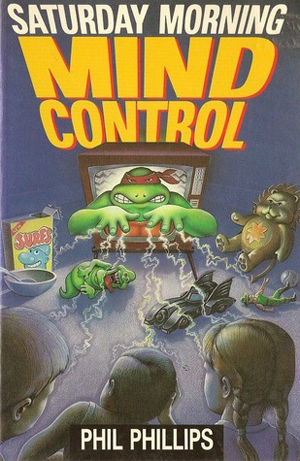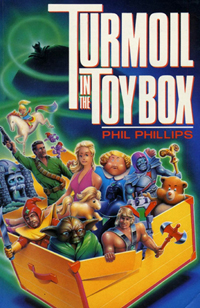| Designed as a satirical side-swipe at the American legal system, Capital Punishment was a board game produced in 1981 by Hammerhead Enterprises. The Monopoly style game was made to make a political point, but teeters on the edge of being creepy. In the game, a player may win by manoeuvring all four of his "criminals" in such a way that they are all get Life Imprisonment, are sent to Death Row or get the Electric Chair. Or the player may use his two "liberals" to spring the opposing players' criminals from the "Path of Justice" and sending them back onto the streets. |
| Once released onto the streets the opponent's now innocent citizens can become victims of violent crimes, and thus being innocent, the dead victims get to go to heaven. Thus making two ways of winning. Get your criminals all sent down, or kill off all your opponents. Yeah, even as a purposely satirical game, this one is weird. Hammerhead Enterprises also produced the satirical board game Public Assistance: Why Bother Working For A Living in 1980. They were a Maryland based board game maker, that was right-wing and anti-liberal, which maybe goes some way to explain the oddities of these games. |








